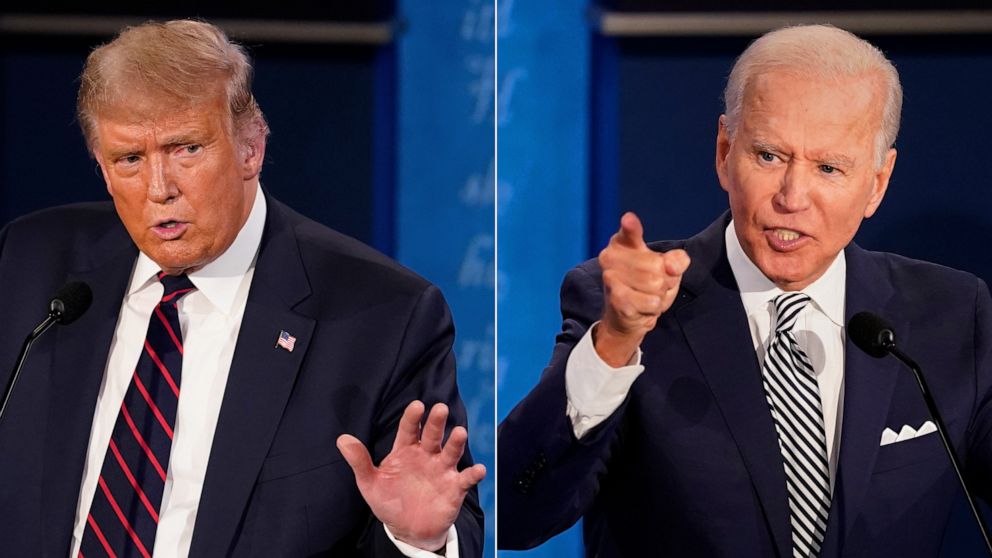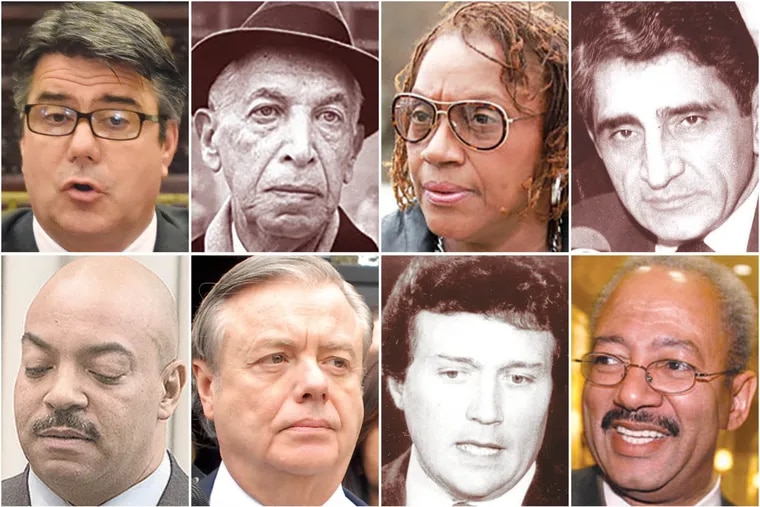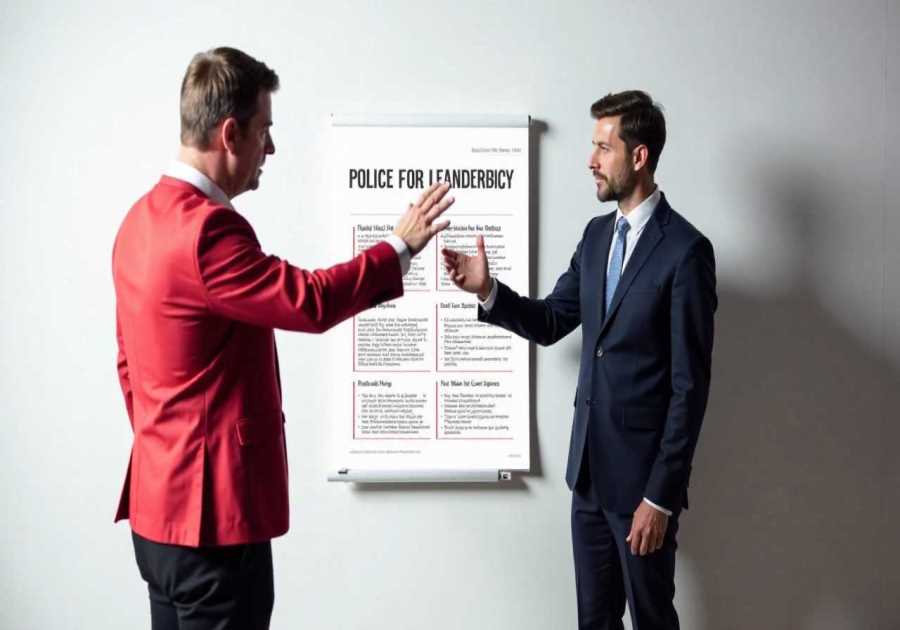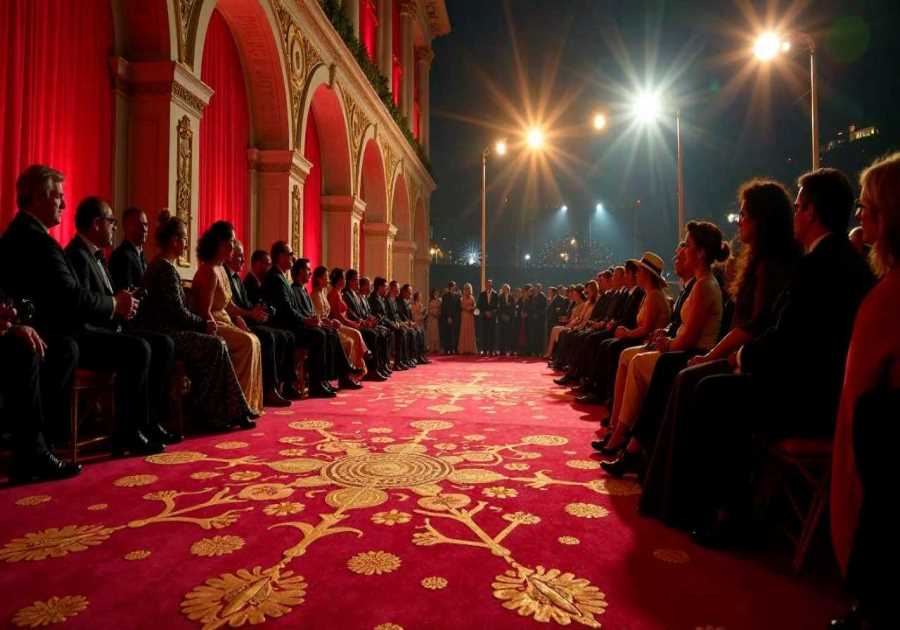
In the realm of political campaigns, success hinges upon a well-executed strategy that engages voters, navigates election laws, and harnesses the power of grassroots organizing. This article peels back the curtain on the behind-the-scenes maneuvers that drive electoral triumph.
By delving into six key strategies - voter outreach, campaign strategy, election laws, grassroots organizing, polling, and media coverage - we aim to provide a comprehensive analysis that empowers readers with the knowledge to navigate the complex landscape of election campaigns.
Voter Outreach
One key strategy for a successful election campaign is to prioritize voter outreach. In order to effectively engage with voters, campaigns must utilize various methods, such as door-to-door canvassing and phone banking.
Door-to-door outreach allows campaigners to directly connect with voters in their communities, enabling them to establish personal connections and address any concerns or questions voters may have. This approach also provides an opportunity to distribute campaign materials and gather valuable feedback.
On the other hand, phone banking involves reaching out to voters via phone calls, allowing campaigners to efficiently connect with a larger number of individuals. This method is particularly useful for spreading campaign messages, conducting surveys, and scheduling appointments for face-to-face meetings.
Campaign Strategy
To effectively implement a campaign strategy, it is essential to integrate voter outreach methods, such as door-to-door canvassing and phone banking, with other key components. A successful campaign strategy requires careful planning and execution, with a focus on campaign messaging and fundraising strategies.
Here are four key elements to consider when developing a campaign strategy:

- Clear and Compelling Campaign Messaging: Craft a message that resonates with voters and clearly communicates your values, goals, and solutions.
- Targeted Fundraising Strategies: Develop a comprehensive fundraising plan that includes a mix of grassroots efforts, online donations, and traditional fundraising events.
- Strategic Communications: Utilize various communication channels, including social media, traditional media, and direct mail, to reach a wide audience and reinforce your campaign message.
- Data-Driven Decision Making: Leverage data analytics and voter data to identify key demographics, target specific voter groups, and refine campaign strategies.
Election Laws
When it comes to running a successful election campaign, understanding and adhering to election laws is crucial.
Campaign finance and political advertising are two key aspects of election laws that demand careful attention.
Campaign finance laws regulate the funding and spending of political campaigns, ensuring transparency and accountability. These laws often include limits on individual and corporate contributions, disclosure requirements, and restrictions on the use of campaign funds. Adhering to these laws not only maintains the integrity of the campaign but also fosters trust among the electorate.
Similarly, political advertising laws govern the content, timing, and disclosure of campaign advertisements. Complying with these regulations helps maintain fairness and prevents the spread of misinformation.
Grassroots Organizing
Continuing with the discussion on election campaign strategies, a key approach for success is implementing grassroots organizing methods. Grassroots organizing is a powerful tool that allows campaigns to connect with voters on a personal level and build a strong support base.
Here are four key elements of grassroots organizing that can make a significant impact on the outcome of an election:
- Canvassing Techniques: Going door-to-door to engage with voters is one of the most effective ways to understand their concerns and persuade them to support a candidate. This direct interaction allows for a personalized and targeted approach that can sway undecided voters.
- Volunteer Recruitment: Building a team of dedicated volunteers is crucial for the success of any grassroots campaign. Recruiting passionate individuals who believe in the candidate's message and can effectively communicate it to others is essential.
- Grassroots Events: Organizing events such as town halls, rallies, and community meetings creates opportunities for candidates to connect with voters in a more intimate and interactive setting. These events help build trust and showcase the candidate's commitment to the community.
- Grassroots Outreach: Utilizing various communication channels, such as social media, email campaigns, and phone banking, to reach out to voters and keep them informed about the campaign's progress and upcoming events.
Polling
The polling process plays a crucial role in an election campaign, providing valuable insights into voter preferences and trends. Opinion polling, in particular, allows campaigns to gauge public sentiment and tailor their messaging accordingly.

By surveying a representative sample of the population, pollsters can estimate the level of support for different candidates or parties, identify key issues of concern, and track changes in public opinion over time. This information is essential for campaign strategists, enabling them to make informed decisions about resource allocation, messaging, and targeting.
Exit polls, on the other hand, provide real-time data on voter behavior and demographics, helping campaigns to understand who is actually turning out to vote and why. By leveraging the insights gleaned from polling, campaigns can refine their strategies and maximize their chances of success.
Media Coverage
Utilizing media coverage is an essential strategy in an election campaign, allowing candidates to effectively communicate their message and reach a wider audience. In today's digital age, media coverage encompasses various platforms, including traditional press relations and social media. Here are four key aspects to consider when leveraging media coverage in an election campaign:
- Press Relations: Building strong relationships with the press is crucial for candidates to secure positive coverage and manage their public image.
- Social Media: Leveraging social media platforms like Twitter, Facebook, and Instagram allows candidates to directly engage with voters, share their policies, and respond to current issues.
- Media Interviews: Participating in media interviews provides candidates with an opportunity to showcase their expertise, address concerns, and reach a broader audience.
- Media Monitoring: Constantly monitoring media coverage allows candidates to track public sentiment, identify any potential issues, and adjust their campaign strategy accordingly.
Frequently Asked Questions
How Much Money Should a Campaign Spend on Voter Outreach Efforts?
Campaign budgeting for effective voter outreach should be determined based on a comprehensive analysis of factors such as target demographics, geographical scope, and available resources. Allocating an appropriate amount of funds ensures strategic and impactful engagement with voters.
What Are the Key Elements of a Successful Campaign Strategy?
Key elements of a successful campaign strategy include clear messaging, effective targeting, grassroots organizing, strong fundraising, strategic use of media, and building a robust volunteer network. These components are crucial in achieving electoral success.
What Are the Penalties for Violating Election Laws?
Violating election laws can have serious legal consequences, including fines. It is important for individuals involved in an election campaign to adhere to all laws and regulations to maintain the integrity of the democratic process.
How Can Grassroots Organizing Help in Winning an Election?
Grassroots mobilization and community engagement are essential strategies for winning an election. By connecting with voters on a local level, candidates can build trust, gather support, and create a strong foundation for their campaign's success.

How Do Media Outlets Decide Which Candidates to Cover and How Much Coverage They Receive?
Media outlets decide which candidates to cover and how much coverage they receive based on a variety of factors, including their perceived newsworthiness, public interest, and potential ratings. However, media bias and candidate profiling can also play a role in shaping coverage.






